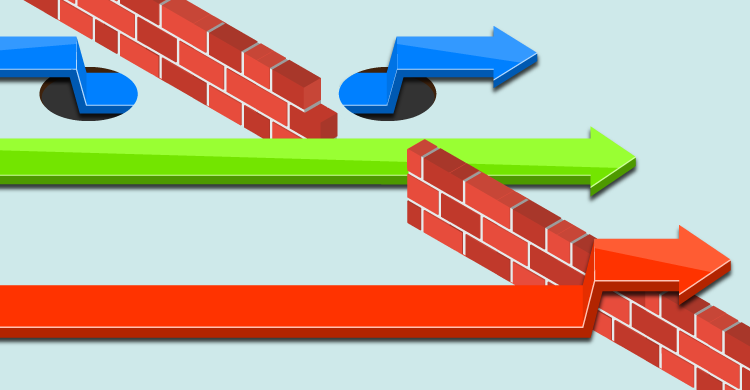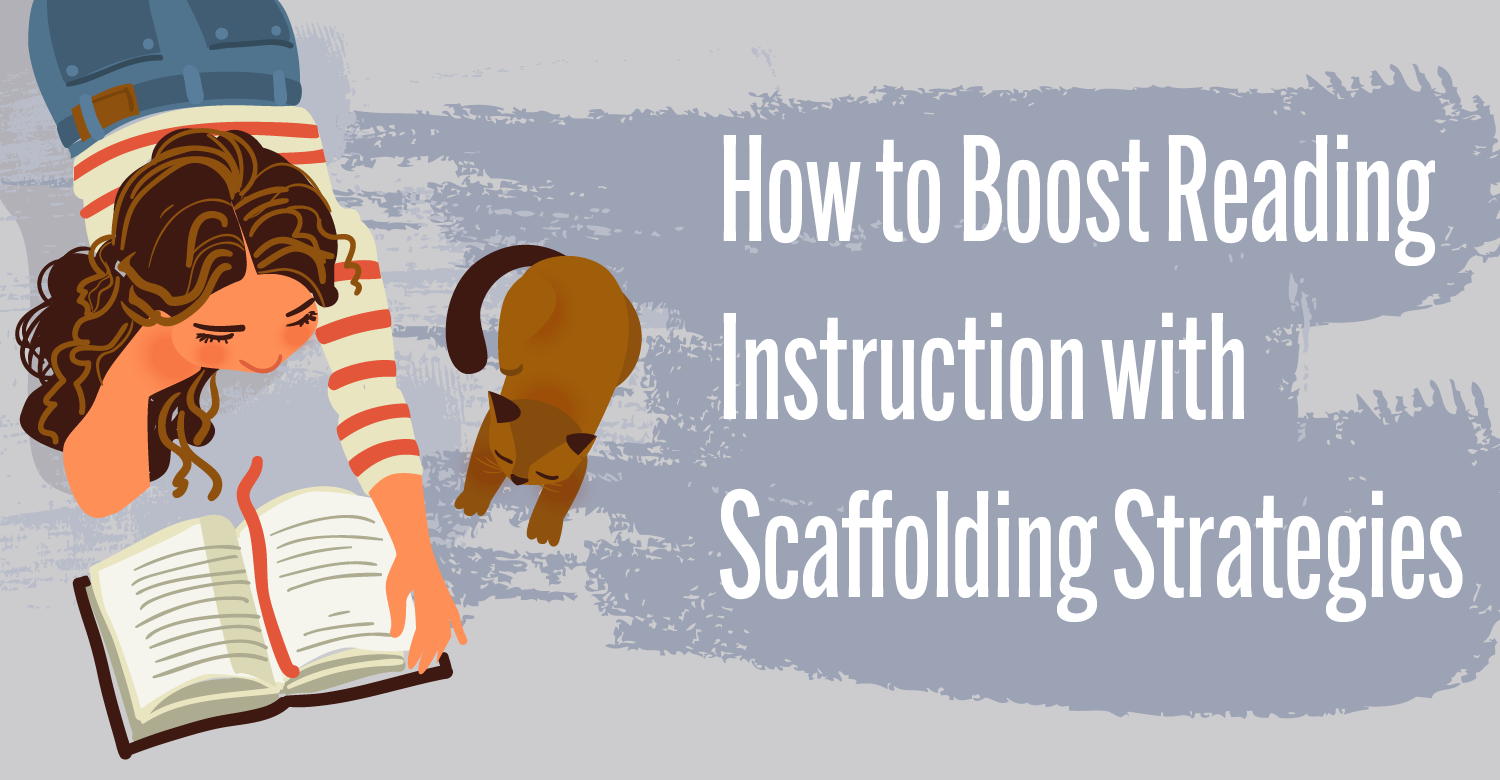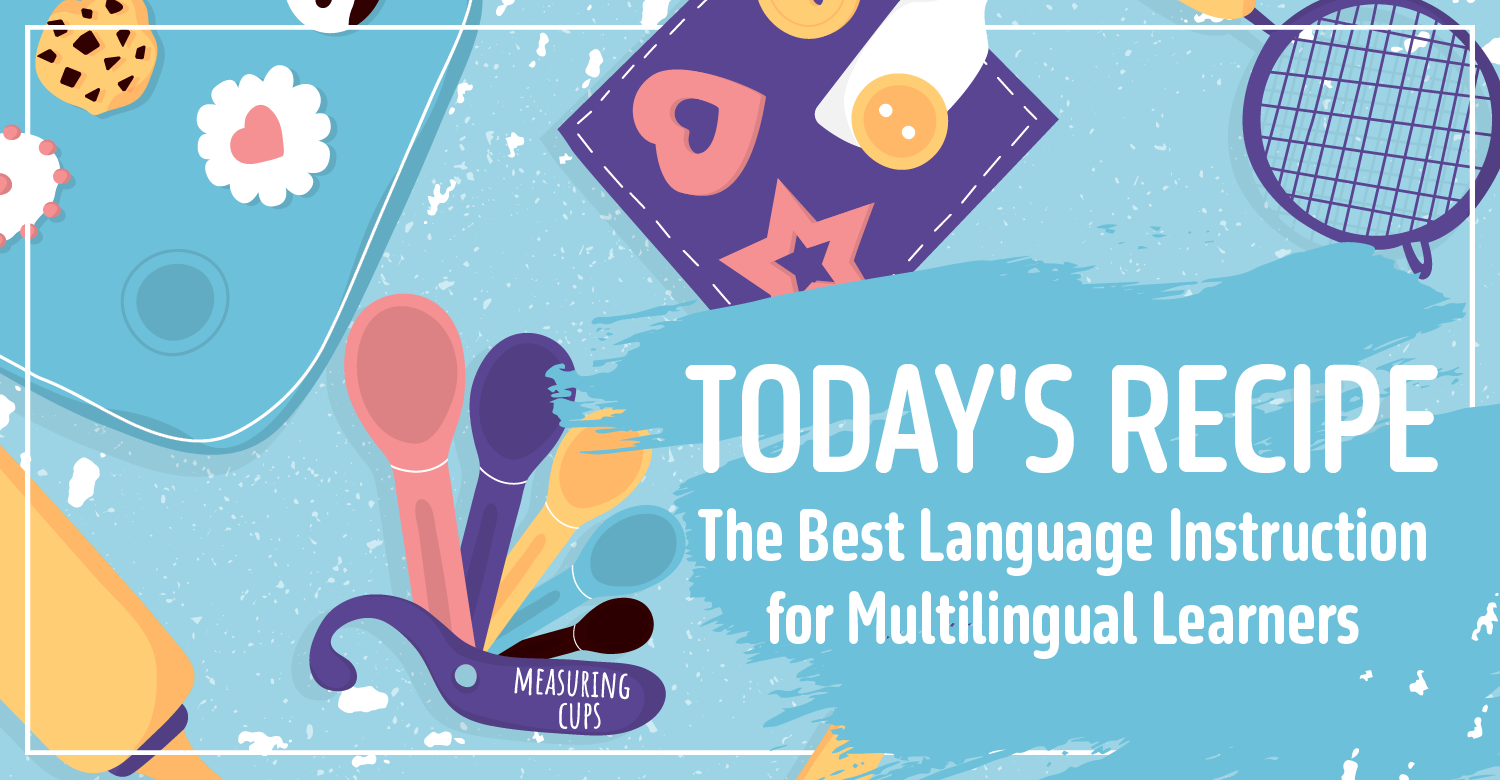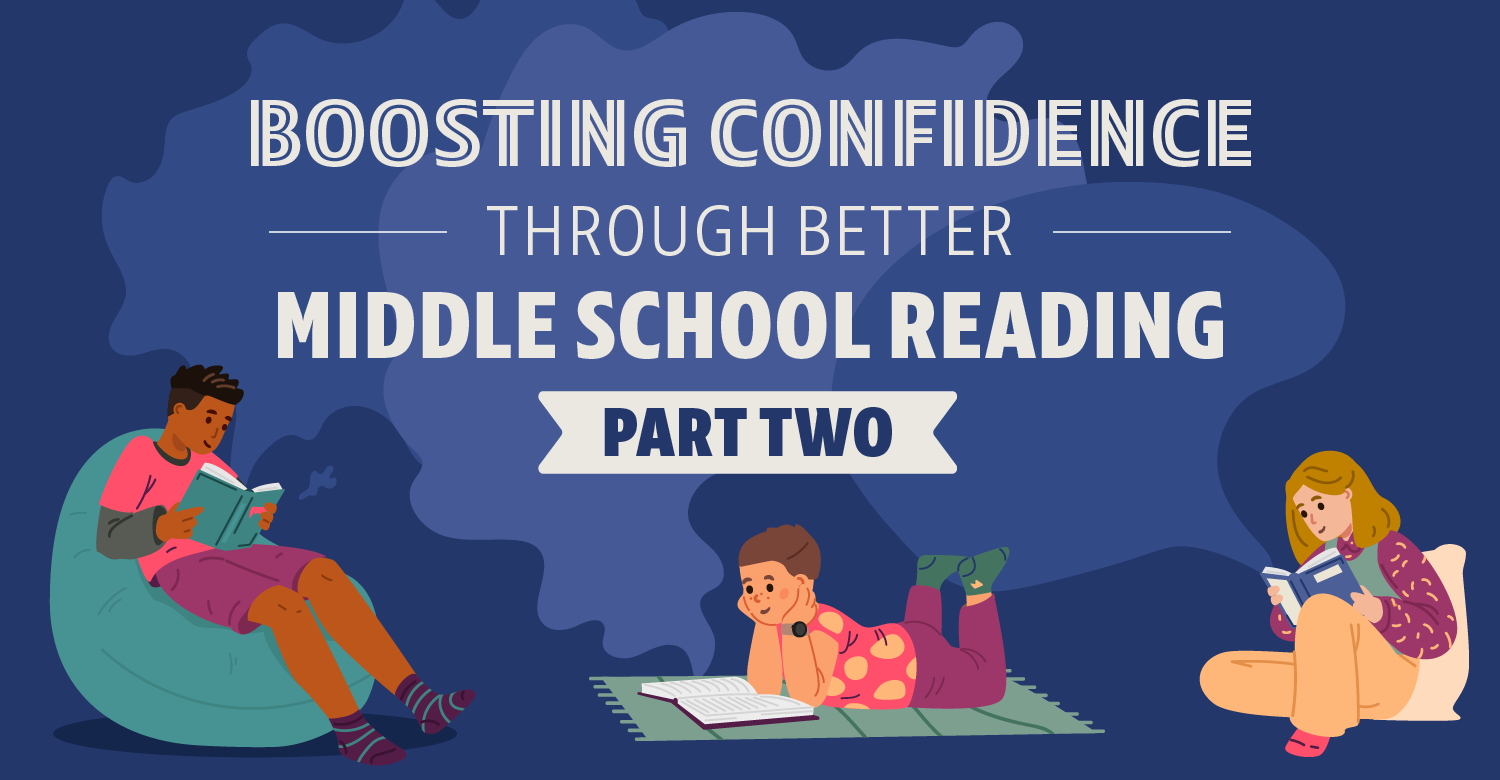Differentiation means different. It means different than every other human being. It means, “I’m unique and so are you.” And, it means that, literally, we’ve been different places, we know different things, we’ve read different books, and we’ve listened to different music. More importantly, we think different thoughts, make different connections, and generally, have a unique uniqueness that no one else on the face of this earth has.
That’s pretty amazing when you think about it, because it means each one of us is remarkable, each in our own way. But it also means that teachers have a daunting task as they try to make instructional connections to the many different brains in their classrooms. That is why differentiation is necessary. As teachers reach out to find that special entry way into the learning scenario for every learner, it gets quite complicated:
- Different brains lead to different learners.
- Different learners result in different learning styles.
- Different learning styles require different teaching methods.
- Different teaching methods require different assessment.
Yet, deepening differentiation techniques in the instructional domain of the classroom can be accomplished quite readily through the use of metacognitive strategies that personalize learning, unlearning, and relearning.
Interestingly, these reflective techniques include:
- actionable feedback from the teacher for students to consider and ‘do the redo’
- journaling to ink their thinking
- peer dialogues to speak with their inner voice
- learning logs to log their thoughts
- thinking maps to illustrate the connections they see and
- texting buddies to communicate in their own words for others to read
Through varied output stations, students reap the benefits of their personally customized thoughts, words and deeds for others to ponder.
Whenever time can be carved out for students to think about their thinking, to learn about how they learn, and to reflect on their process as well as the product of their learning, they are ahead of the game. Reflection is powerful. It anchors the learning with personal connectivity in the brain/mind and solidifies the concepts, skills and attitudes being practiced. Learning, is indeed, already individualized by the schema of brain, as each brain searches for patterns that fit with the incoming data. Thus, very different connections are made within each student’s mind. Fortunately, these very personal matchups are often revealed as students talk, write, or sketch their conceptions of the ideas under discussion.
In fact, by examining the evidence of student learning, teachers are able to note the many interesting and sometimes unusual connections that students are making. In turn, teachers can provide relevant, personalized, and actionable feedback that helps move the each learner along his/her path to deeper understanding. In addition, this natural personalization that occurs as students are constantly demonstrating different interpretations, sets the scene for the teacher to employ the traditional differentiation principles of change, challenge, and choice.
Research seems to support these subtle, but sophisticated responses teachers invoke as they glean information about the individual and try to build on what they have learned. This attention to personalization as a differentiation strategy aligns to recent updates to Hattie’s (2012) work. It highlights simple, high impact instructional tools that differentiate instruction for individuals, and at the same time provide thought-provoking moments in each student’s day to gain a deeper understanding of the target learning. These are high impact and low cost strategies. They are about teacher expertise and what the teacher actually does in the classroom of foster the learning potential of each youngster. The first, mentioned previously, is teacher feedback, the second is metacognitive self-reflection, and the third, peer tutoring. Fortunately, all three of these are embedded in the metacognitive skill set for the reflective thinking that is needed for student problem-solving and student mindfulness necessary for decision-making.
With the conventional knowledge of an expert teacher on the power of reflective thinking and the research findings that support the metacognition skill set, it behooves us as educational leaders to honor and nurture that unique uniqueness of our students.
For the students who come our way, we can foster personalized learning through meaningful feedback, the metacognitive skill set of reflective questioning, and the back-and-forth dialogue of peer tutoring. For a more in-depth look at differentiated instruction, you can read Supporting Differentiated Instruction.
With that said, it seems appropriate to close with a practical piece that can be tried immediately. Here are five little questions, perfectly suited to spark reflective thinking and a sense of student agency and control over their own learning. The questions, framed in a book, by James Ryan, 2017, titled, Wait, What? And Life’s Other Essential Questions are:
- Wait, What?
- I wonder…?
- Couldn’t we at least…?
- How can I help?
- What truly matters?
These offer five tiny tidbits to encourage questions that are metacognitive, reflective, and compelling. Enjoy!
Resources:
Hattie, J. (2012) Visible Learning for Teachers. London and New York: Routledge, Taylor & Francis Group.
Ryan, J. (2017). Wait, What? And Life’s Other Essential Questions. New York: HarperCollins Publisher.
[author_bio id=”341″]
[author_bio id=”53″]






